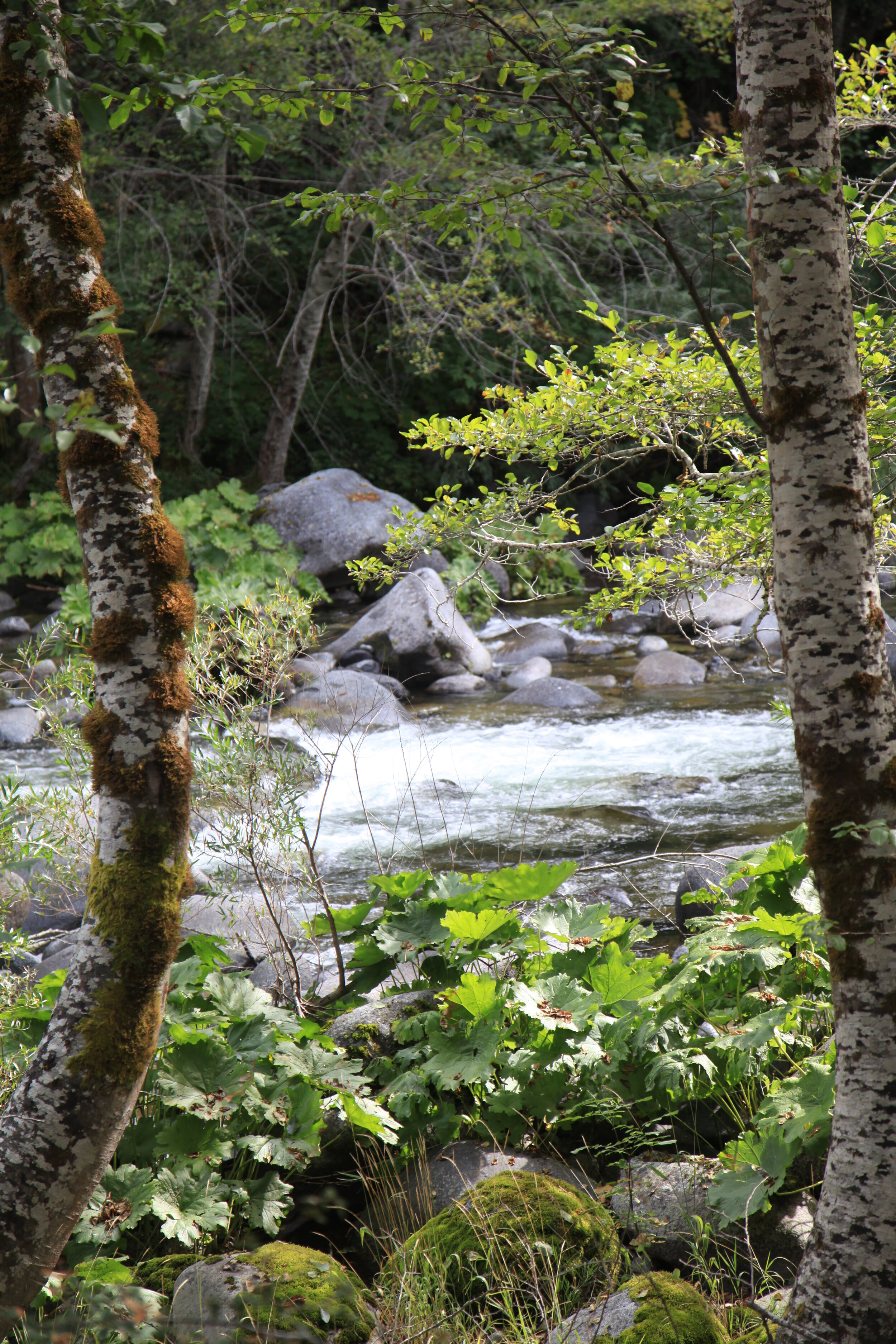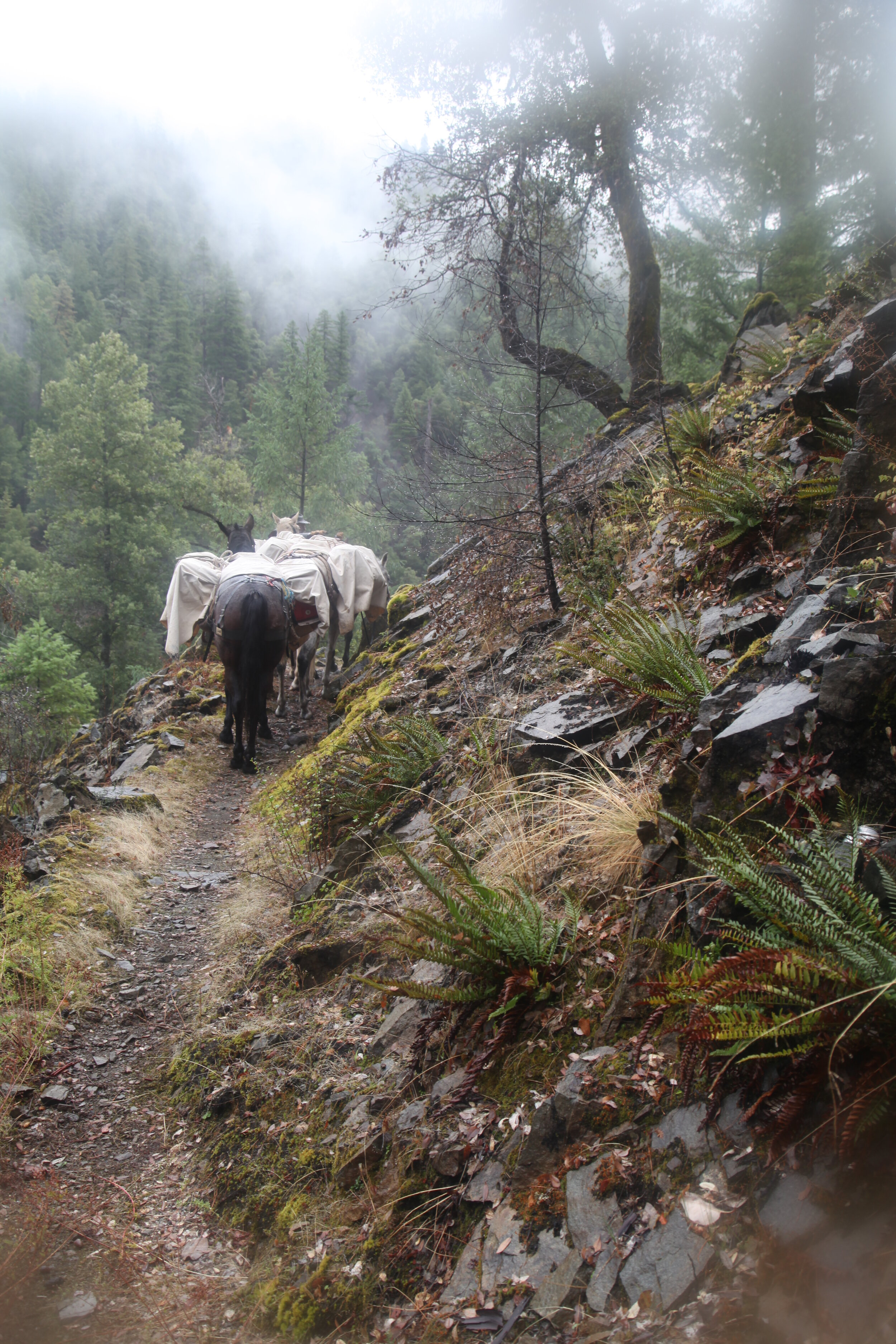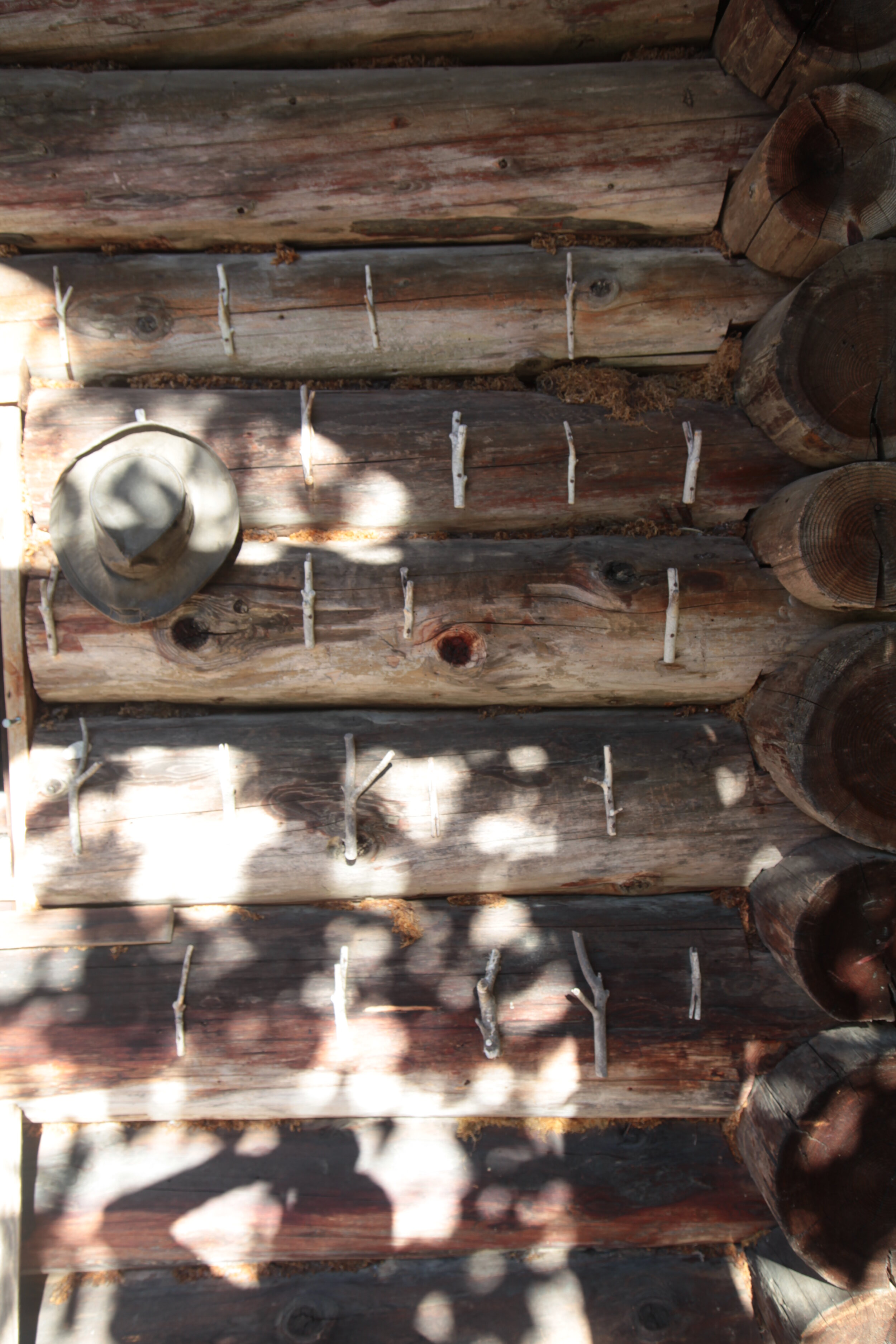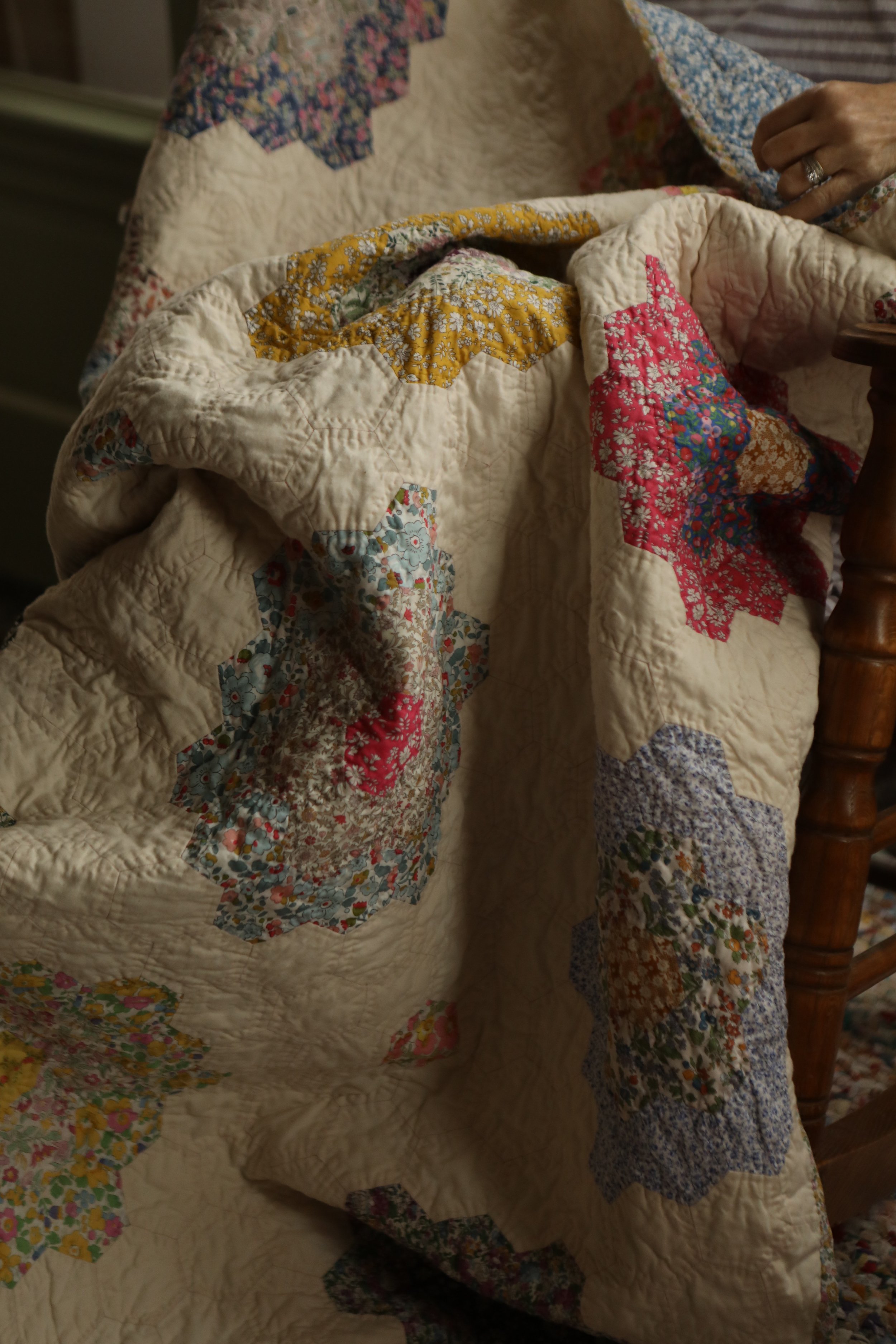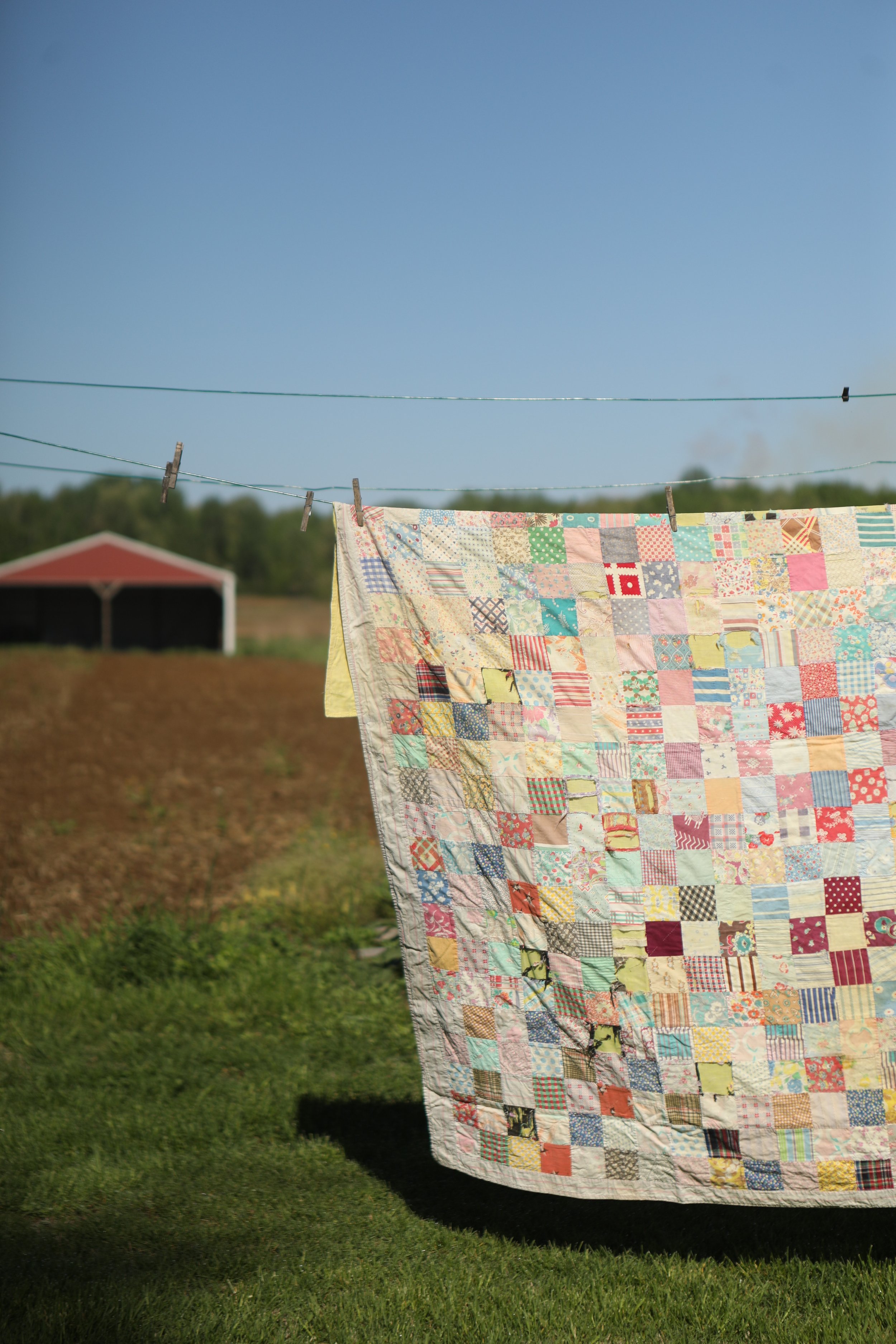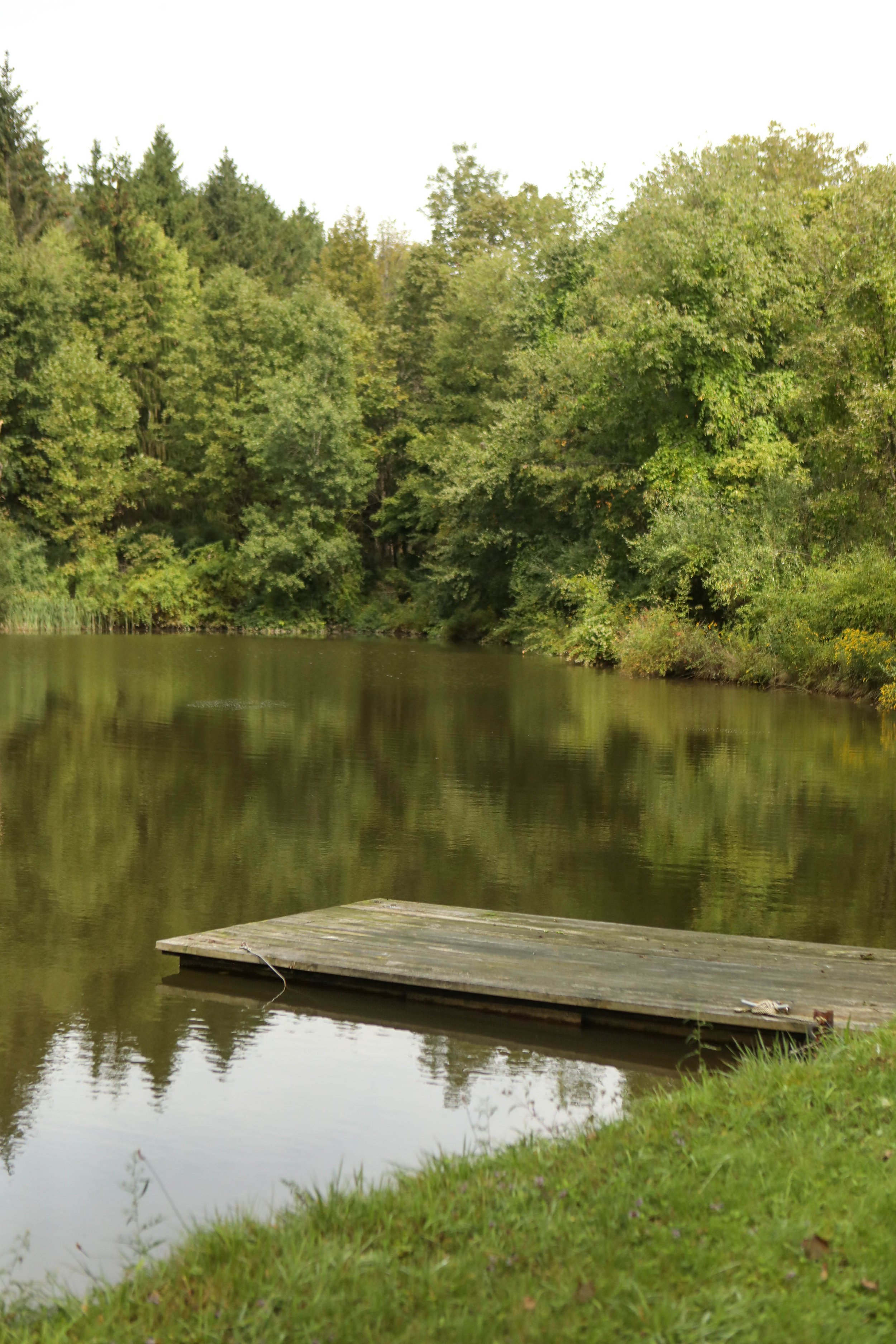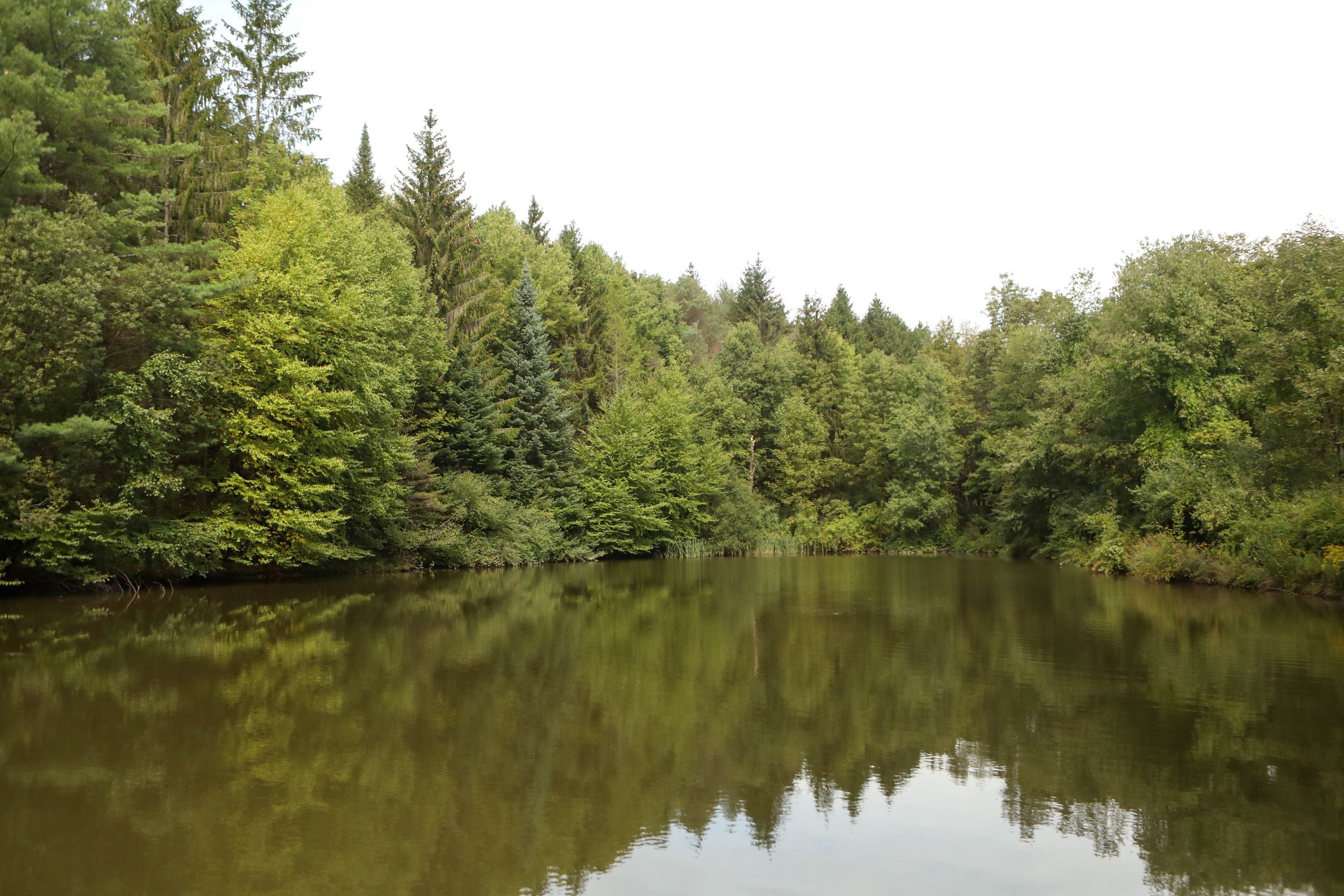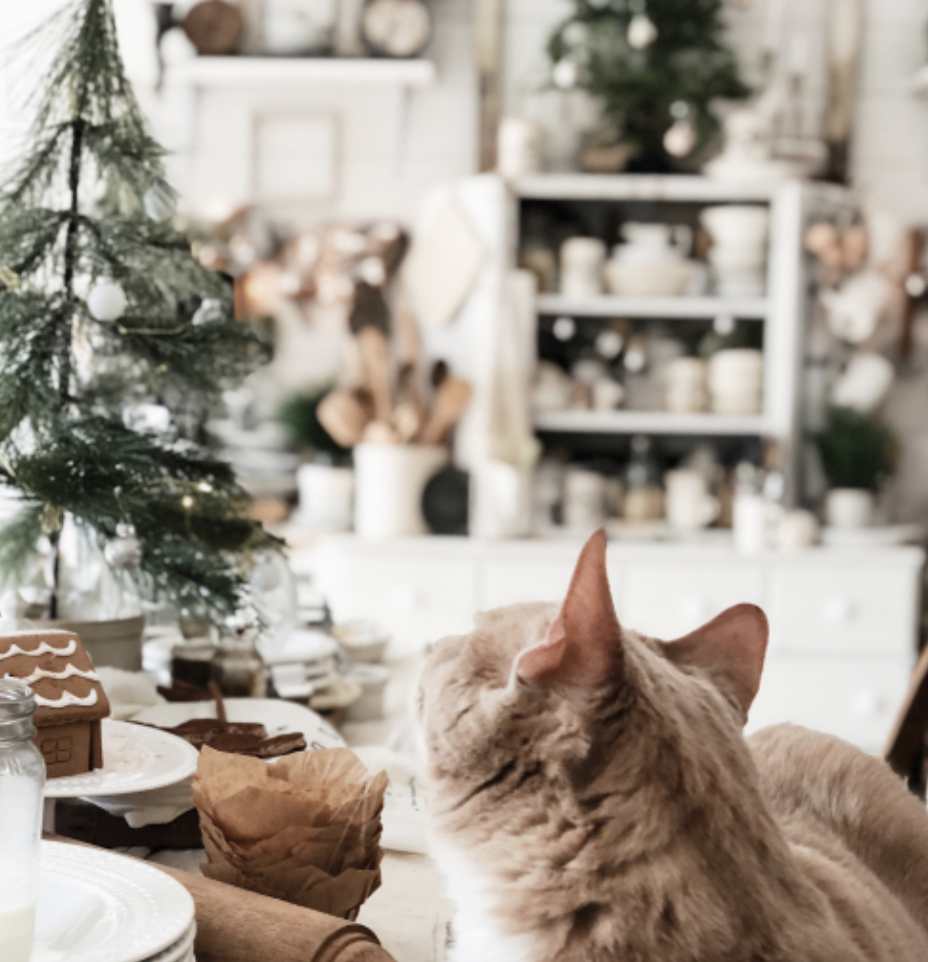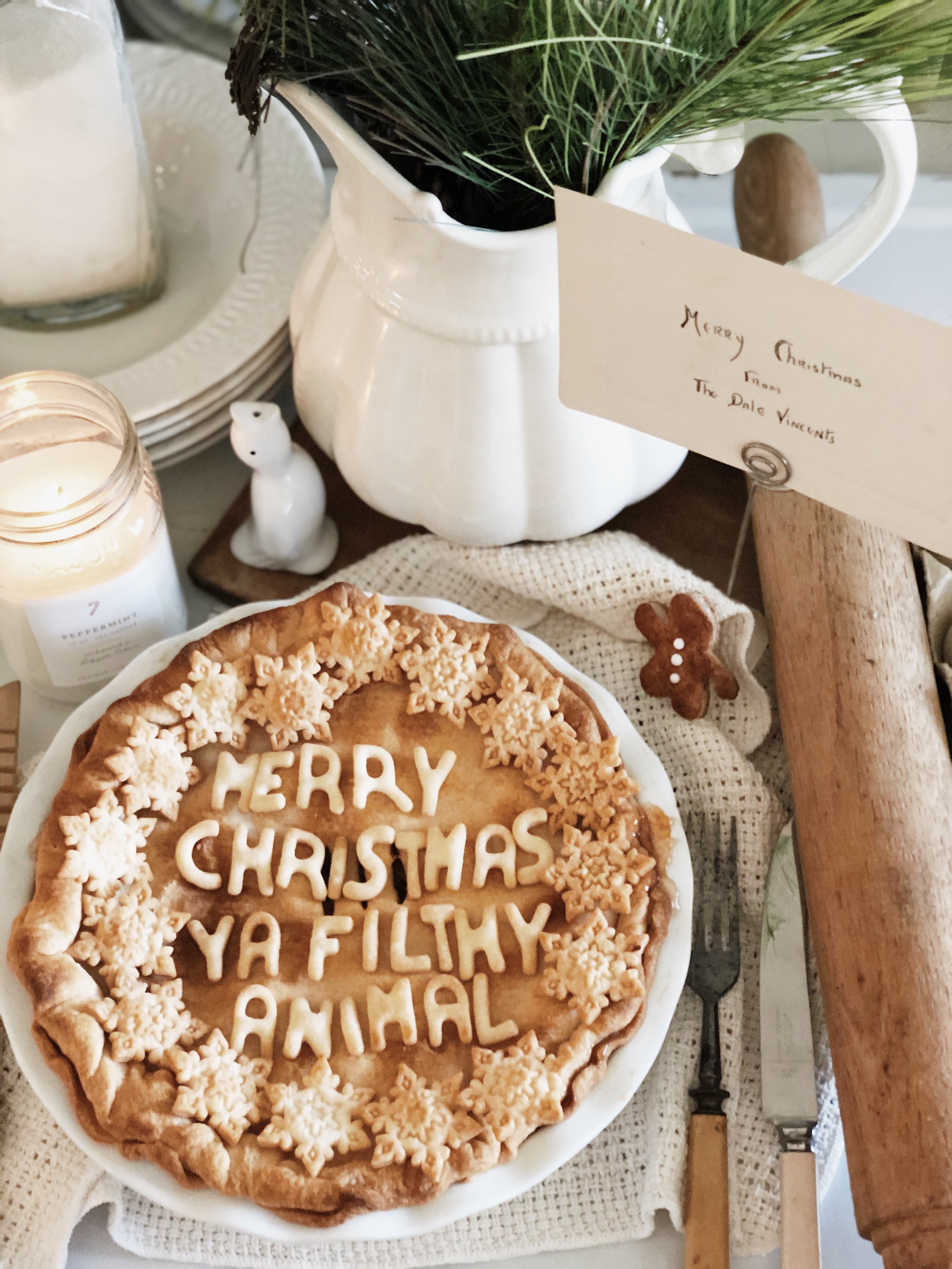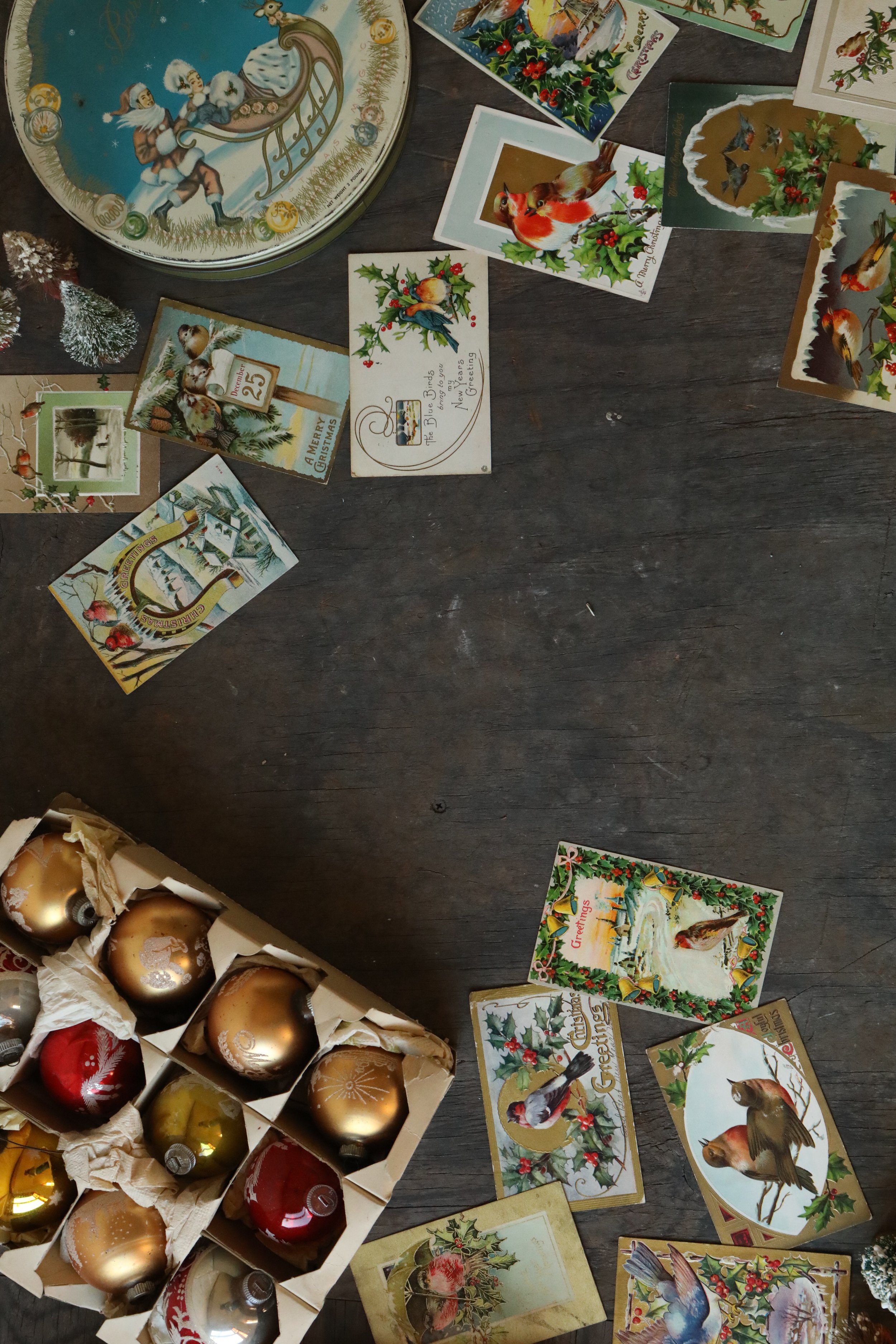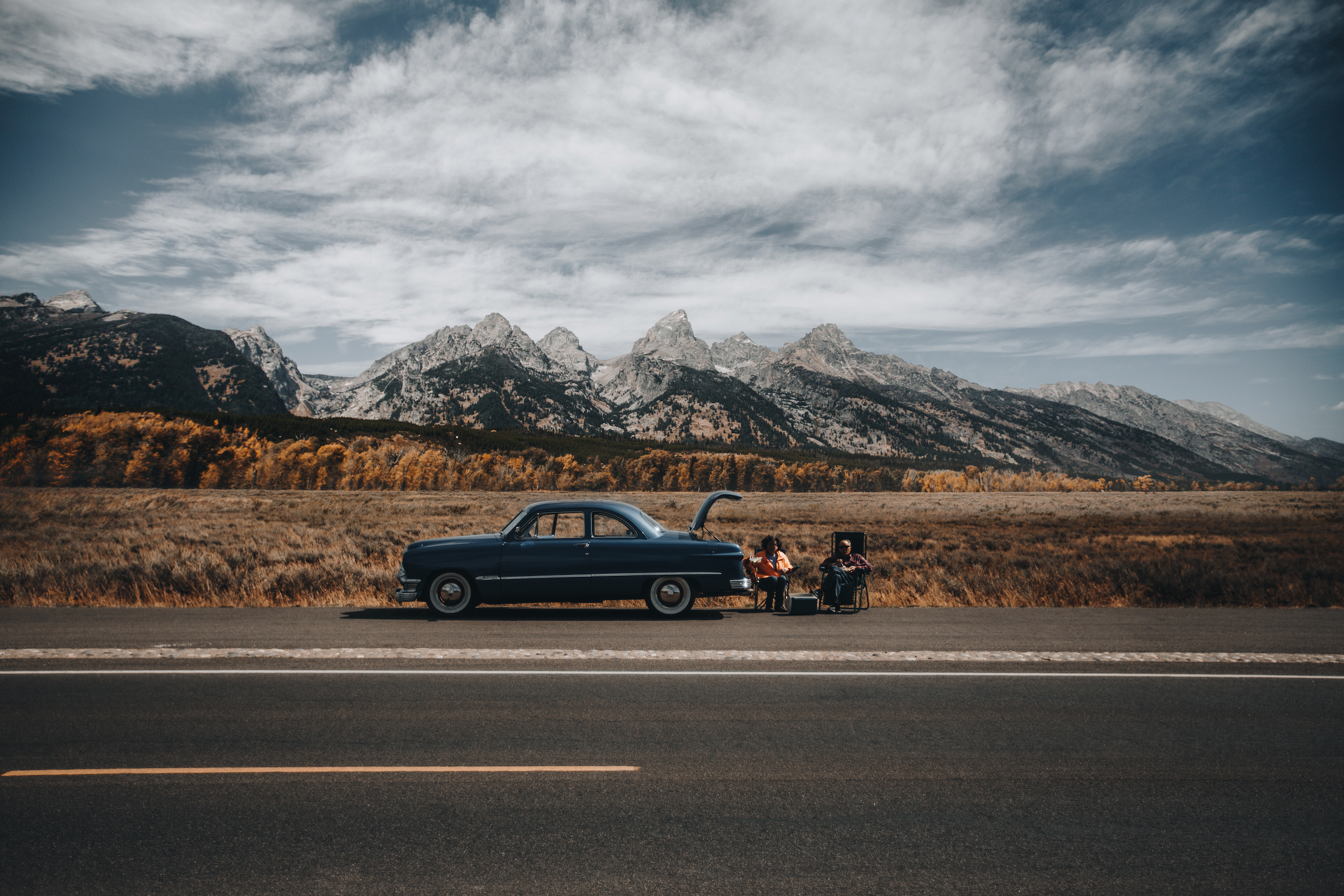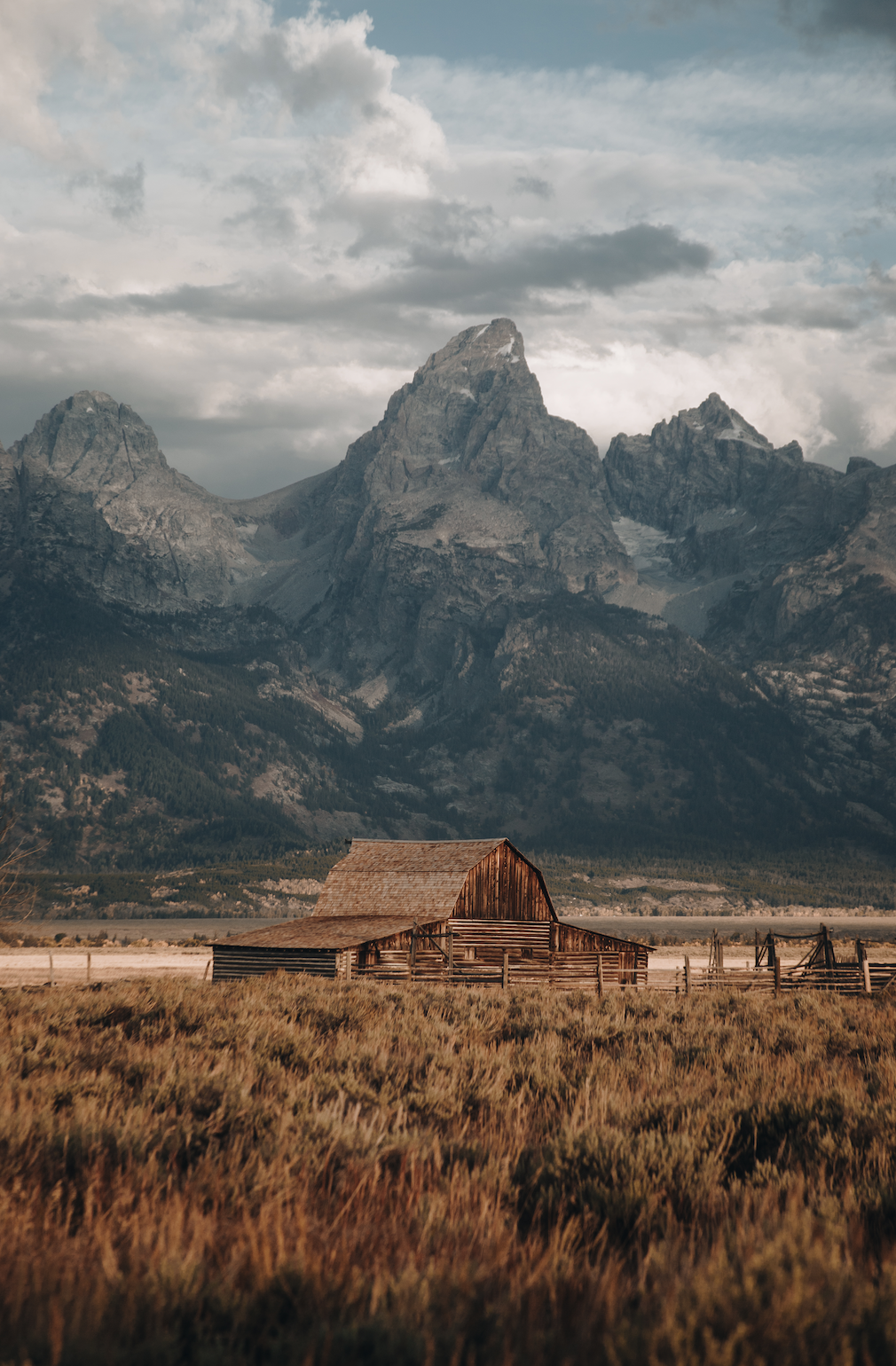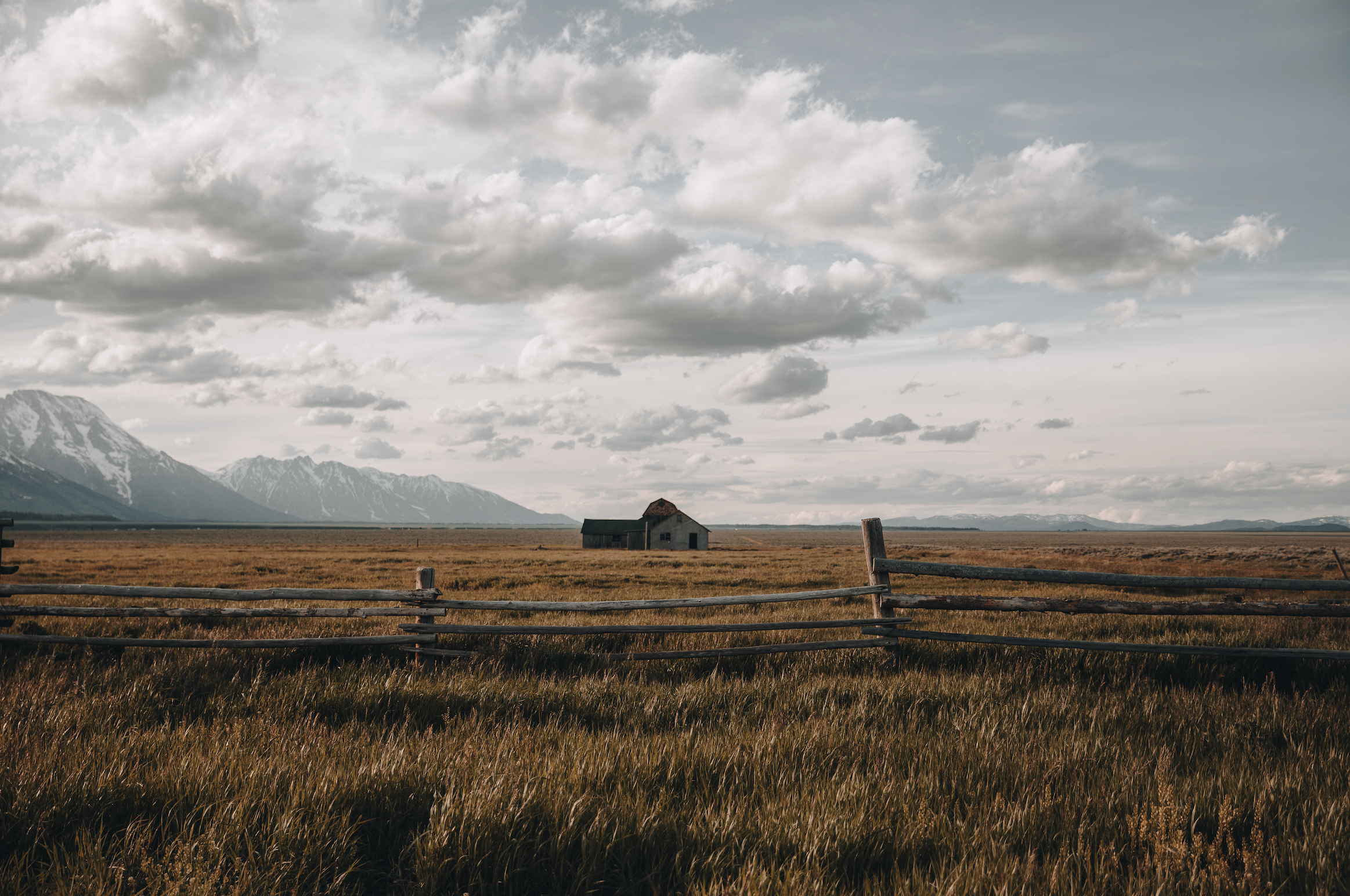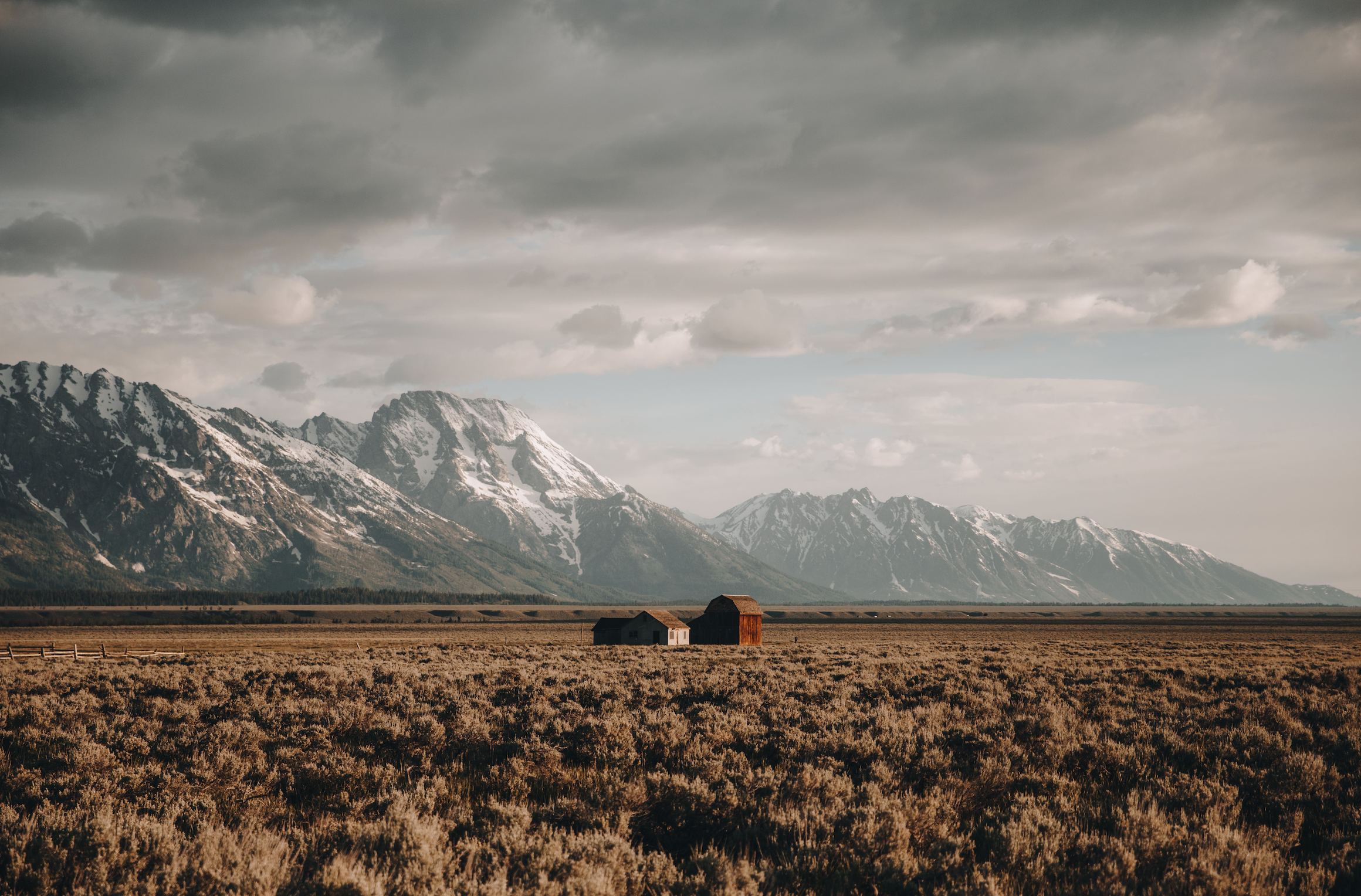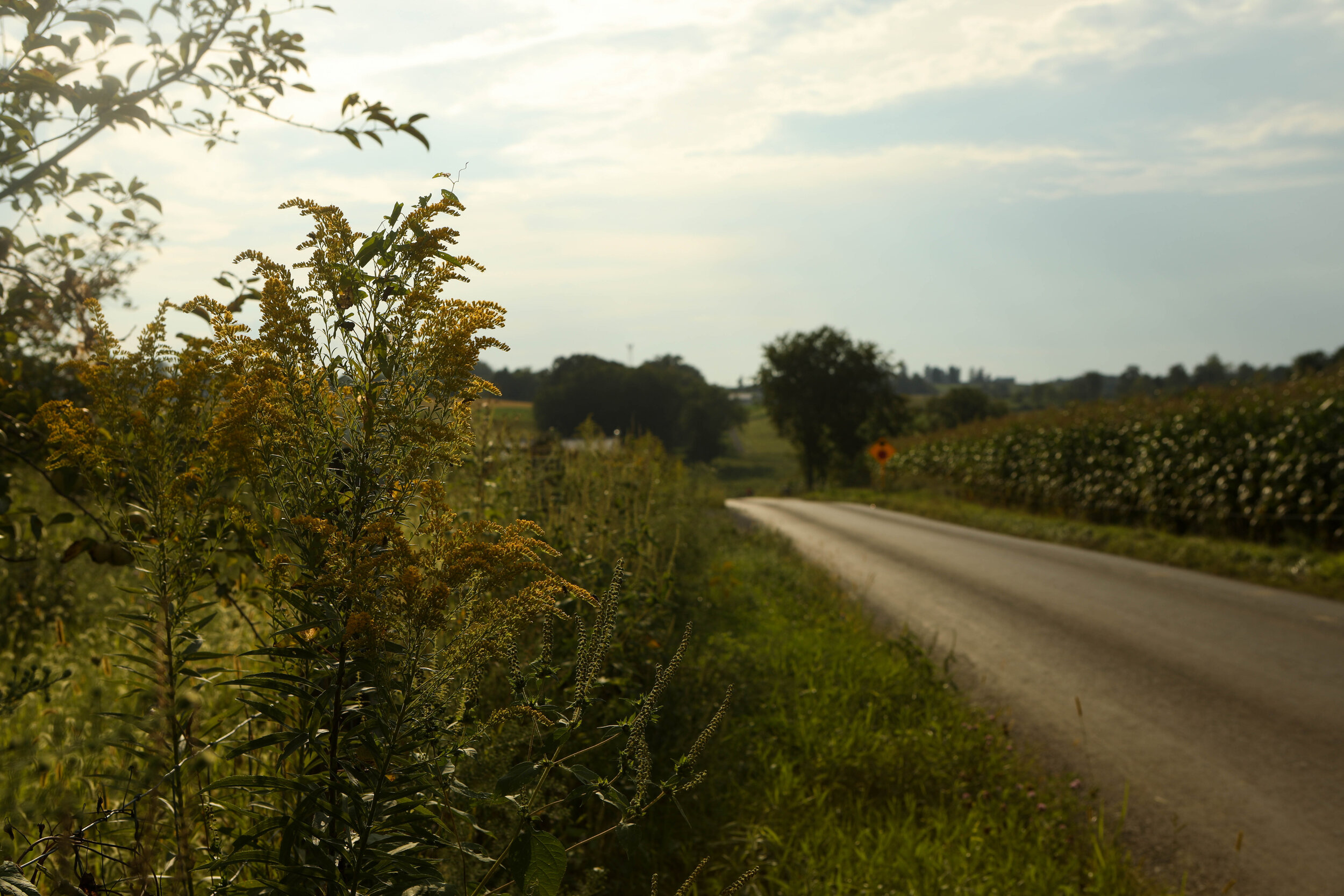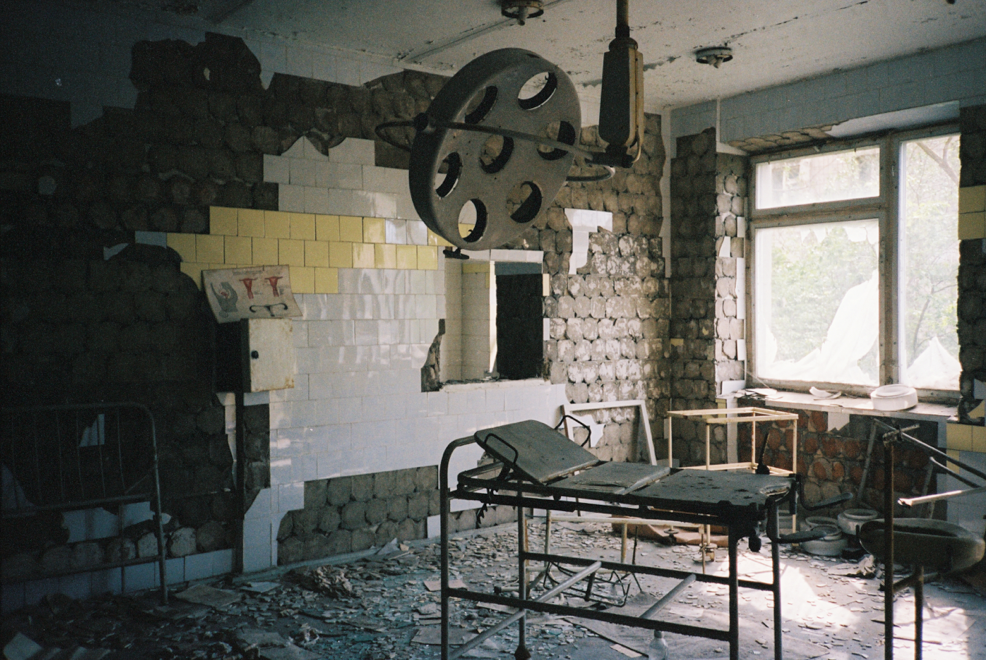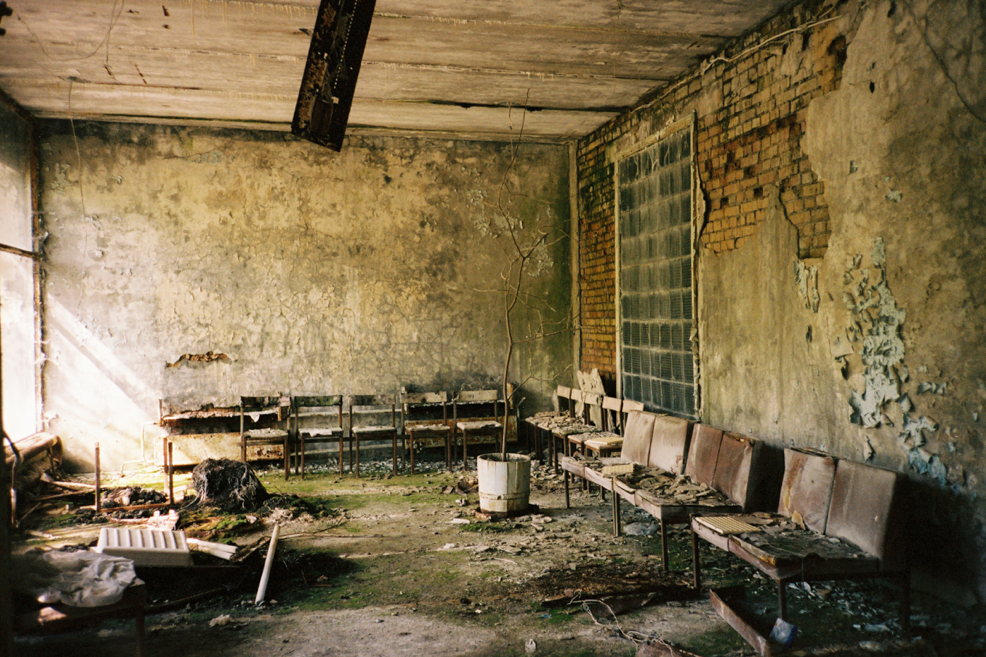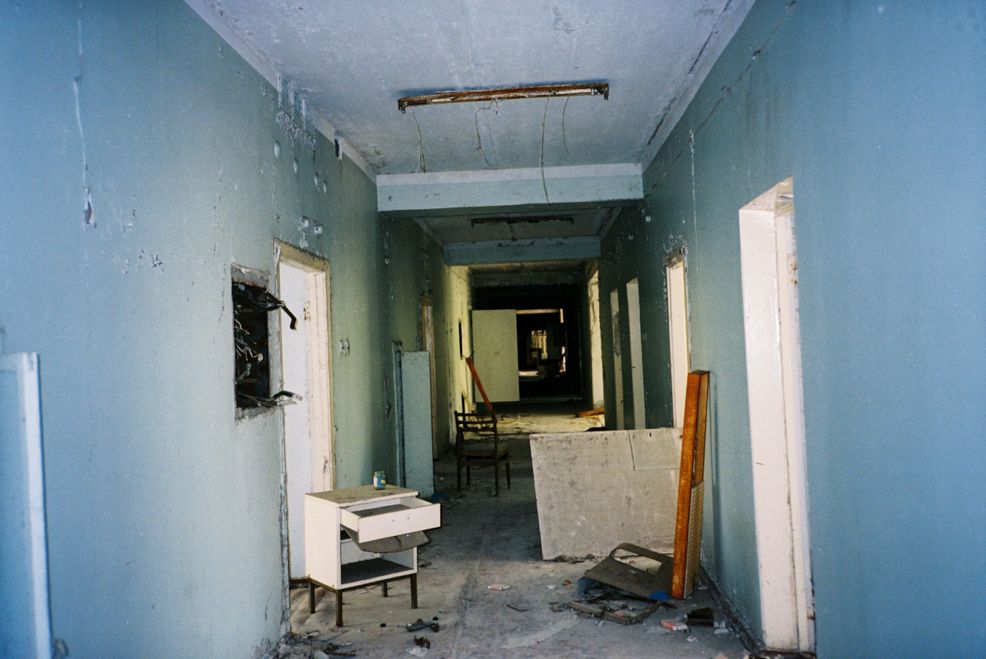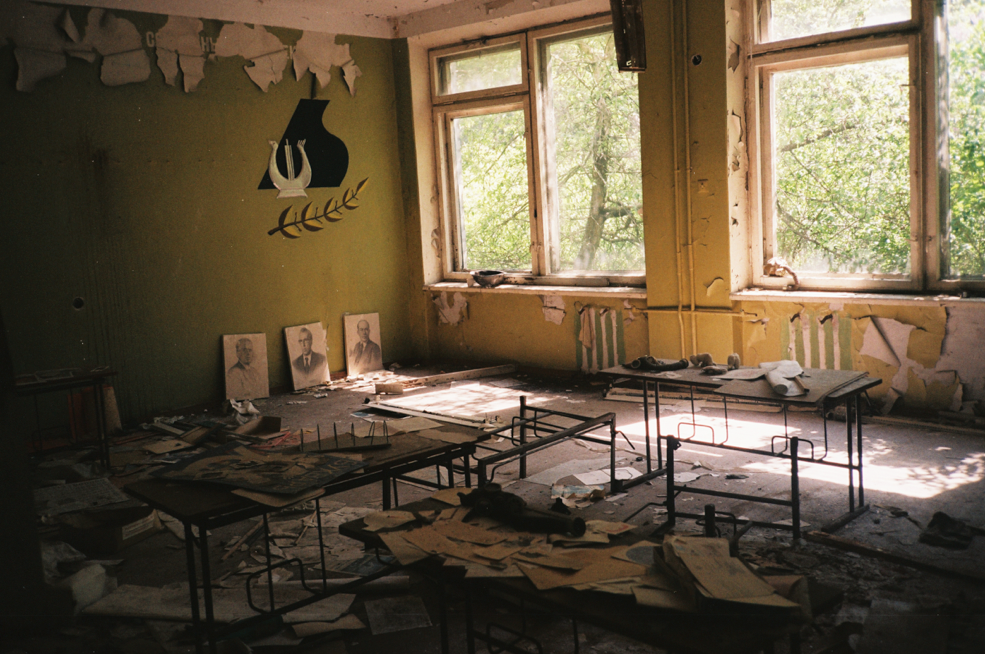Preserve—Our National Parks
Ben Ashby
A few years ago I asked my friend Paige to write an essay about the importance of the US National Parks…these words and images are her’s. The photographs were created as she and her husband toured the U.S. in an airstream in 2019.
I was asked to write a quick piece about the National Parks and why they’re important. I spent a long time debating the rich and deep rhetoric I could create about our beautiful lands and how inviting and scared they are. But I couldn’t bring myself to write these words.
At least not seriously, not whole-heartedly. After questioning why writers blocks would strike me on a topic I’m so fixated and passionate about, I realized the shallow facade of a piece I’d be creating if all I did was sugar coat our country and the way we treat our National Parks. So this isn’t a fluffy feel good piece about America, it’s a PSA in honor of our endangered land. A wish that we find the confidence and commitment to take a stand for the protection of our only planet and our beautiful country. Do I need to include a quick explanation of how magnificent our country’s terrain is? Perhaps. As someone who wasn’t afforded the luxury of travel while growing up, I’m still humbled by the smallest of foothills and the biggest of skies. Now as I near 30 years old, I’m happy to say I’ve at least driven from one coast to the other and had the opportunity to see the differing atmospheres and topography. This country is massive, my friends. It is hearty, it is as diverse as the people who live here and it is drop dead gorgeous. And 100 years ago, Woodrow Wilson made the National Park Service a federally managed and funded bureau, allowing them to preserve and honor the magnificent sights and locations that make our country what it is.
Though encouraged for personal and cultural gain, please travel vast corners of the globe as much as this life affords you to. Many of us cannot. But I know you
have a weekend coming up that’s completely free. Maybe some of you have travel points saved up or a car sitting in the drive way that only knows the route to work and a few pokestops along the way. You need to do yourself a favor and make an honest attempt to visit as many of our National Parks as you possibly can.
Now. With nearly 60 national parks, ranging from the deserts of Arizona and the mountain peaks in Alaska to the sands of Hawaii and the caves of Kentucky… they’re out there. They’re begging to be loved, viewed and respected. The lands give way to more than 18,000 miles of trails and is home to multiple endangered species. I can’t stress to you enough the beauty that can be found in our own backyard. It doesn’t have to be a trip to Iceland or Australia, it can just be a road trip with your friends or a long weekend with your significant other. Or maybe just an over night camping trip with the dog and your fishing pole. It’s there. It’s accessible. And no excuse is worth missing these moments.
Now I can sit here all day and type out facts and show pretty photos of Yosemite and Yellowstone, but the unfortunate truths are never as pretty as we hope. Lately the ongoing trend of doing anything daring or risky for a photo, has literally begun the collapse of fragile ecosystems, preserved for centuries within the parks. The lack of respect for our own home land is concerning to say the least. Not only is it becoming more frequent for tourists to carve graffiti into trees and rock faces (and then post it through their social outlets) but visitors proudly take home fauna, debris and even living creatures as a collected prize, leaving the land a little more vacant and resulting in a less fulfilling experience for future generations. And if destruction and theft isn’t enough, the unnecessary death toll continues to rise.
From falling off cliffs, to breaking through acidic springs…The stories are abundant and more come out all the time. I mean, can we talk about the insanity that is dying in a national park from lack of respect for the land? My friends, it’s an old tried-and-true concept.. respect the land and the land will respect you. Before visiting one our truly sacred and gorgeous parks, understand that we are simply guests on mother earth and you will never win an argument with her so don’t even bother, darling.
It has been over 100 years of preserving our land. 100 years of fighting and battling to keep Earth’s legacy alive and today, on the centennial of such a great accomplishment, I ask you to evaluate your relationship with the outdoors.
Maybe you don’t see it enough, maybe you see it too often and take it for granted. Whatever the case may be, today is the day to pay your respects and toast a drink to our diverse, rich and magnificent country that is The United States and thank our stars there are people willing to continuously fight to protect those locations that make us all go “ooh” on Instagram. These places wouldn’t be around anymore if it wasn’t for them and wasn’t for the National Park Service.
This entire country could easily have been fracked for resources and turned into a super mall by now, but for the time being.. we’re lucky enough to have soaring mountain peaks, seemingly infinite canyons and crystal blue waters. Please, never take it for granted. Offer your donations to help continue their efforts, take time to visit and appreciate the parks or just have a conversation with a friend about the importance of protecting the sights and locations our forefathers wrote about, traveled through and discovered.
This ground is the exact same ground history was written on, and it’s our duty to continue the efforts of preservation.



















